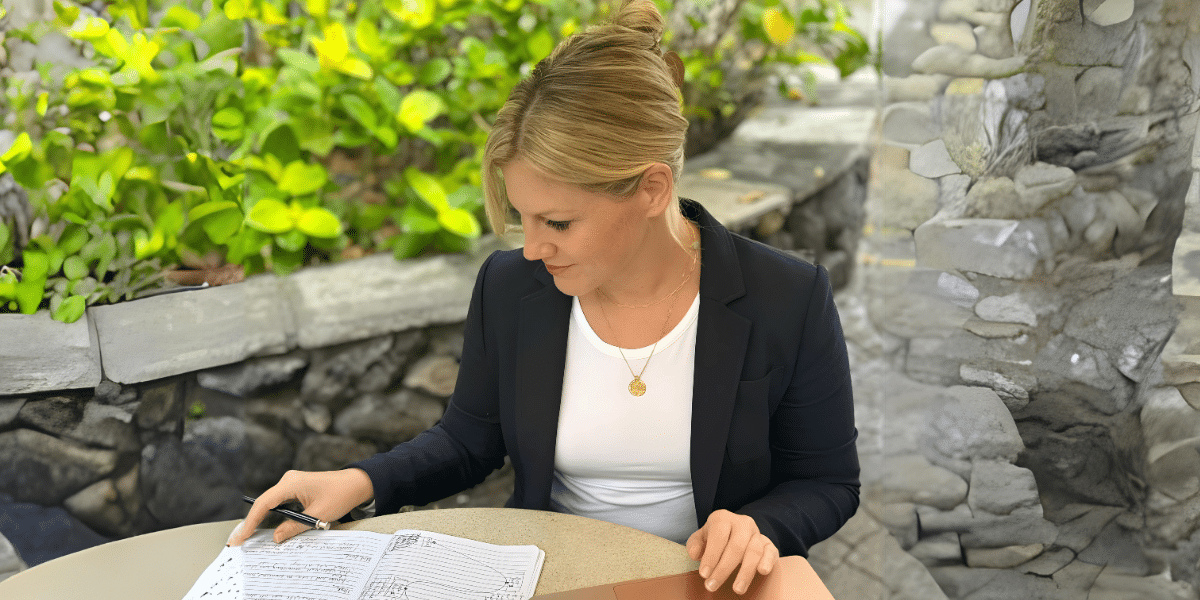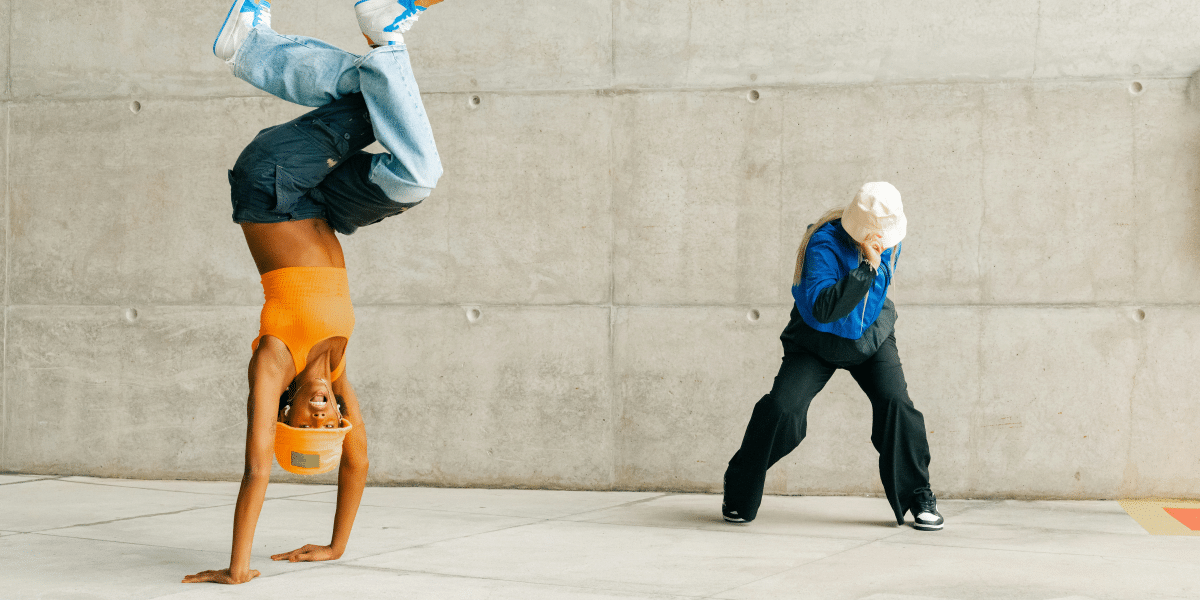For many veterans, coming home after military service is not the joyful event that it should be. Those transitioning to civilian life face a number of challenging issues, one of the most common of which is post-traumatic stress disorder (PTSD).
“Veterans bring home more than just physical wounds or obvious signs of trauma,” says Sara Johnson, CEO of Mission22. “Many veterans carry invisible burdens like PTSD, which can be just as debilitating as physical injuries — if not more so.”
Johnson founded Mission22 to provide extensive, personalized support and resources to veterans and their families. Having grown up in a family of soldiers herself, she was able to see the impact that combat has on veterans firsthand. Now, her mission is to put an end to veteran suicide in the US.
Johnson’s work has allowed her to see that there is no simple solution to complex issues like PTSD. Rather, she has seen that assisting veterans with post-traumatic growth requires a comprehensive, all-encompassing approach that acknowledges their unique healing journey.
“Every veteran’s experience is unique,” Johnson says. “Consequently, there is not a one-size-fits-all solution that will bring healing. Our goal at Mission22 is to help people understand the depth and complexity of the challenges that veterans face.”
The impact of PTSD
The impact that PTSD has on veterans can be profound, affecting their mental, emotional, and physical well-being. “The prevalence of PTSD is a significant concern among veterans,” Johnson says. “Estimates suggest that between 15 and 30 percent of veterans from various conflict eras are affected by PTSD in a given year. This is a much higher rate than in the civilian population, indicating the unique mental health challenges that veterans face.”
PTSD can manifest as flashbacks, intrusive thoughts, or nightmares — all of which trigger distress and anxiety by transporting the veteran back to harrowing combat experiences. Hyperarousal is another common symptom of PTSD that triggers a person to go on “high alert” as if facing a dangerous situation. This can cause irritability and anger in response to seemingly minor frustrations, as well as difficulty concentrating and sleep disturbances.
Veterans experiencing hyperarousal can also exhibit signs of hypervigilance, making it difficult for them to relax or feel safe, prompting them to constantly scan their environment for potential threats. Veterans who struggle with hypervigilance often have difficulty maintaining relationships and reintegrating into civilian life.
PTSD and the family
While it is the veteran who experiences PTSD firsthand, it also has a profound effect on their family and loved ones. “It’s important to acknowledge that the issues caused by PTSD do not affect veterans alone,” Johnson acknowledges. “They also impact their families, who may need to adapt to changes in their loved one and learn how to provide support while managing their own stress and emotions.”
The unpredictable mood swings, irritability, and anger caused by PTSD can bring high levels of tension into the home. This leads to strained relationships and a stressful environment that can be difficult for family members to navigate.
The emotional challenges brought on by PTSD make it difficult for veterans to provide consistent emotional support to others. As a result, parenting can become a struggle. When veterans cannot manage their family responsibilities, others may step in to fill the gap by taking on additional duties, but as Johnson points out, this can lead to higher stress levels in the family and ultimately exhaustion and burnout.
Suicide in the veteran community
The transition from military to civilian life is a complex process — one that often involves redefining personal identity, purpose, and community. Veterans who find themselves struggling with the effects of PTSD during their transition can find life overwhelming. As a result, suicide rates in the veteran community are disturbingly high.
“One of the most sobering statistics in the veteran community is the suicide rate,” Johnson says. “According to the 2019 Veteran Suicide Prevention Annual Report by the US Department of Veteran Affairs (VA), more than 17 veterans on average died by suicide each day in 2018. This is significantly higher than the suicide rate in the general population, highlighting the urgent need for mental health support for veterans.”
An interim report released in 2022 as part of the Operation Deep Dive study conducted by America’s Warrior Partnership and the University of Alabama indicates that the VA’s stats may not tell the whole story. The report suggests that former service members take their own lives each year at a rate approximately 2.4 times greater than previously reported by the VA.
Full circle healing for veterans
To assist veterans in overcoming the challenges caused by PTSD, Johnson recommends an approach known as full circle healing. “Healing must address body, mind, and spirit,” she explains. “Simply treating symptoms of PTSD without understanding and addressing the underlying causes will never bring true healing to veterans.”
Full circle healing also acknowledges that healing cannot occur in a vacuum. The environment in which veterans work and live, their relationships, and their community at large all play a role in fostering healing.
“Full circle healing also aims to embolden veterans to become active participants in their own healing journey,” Johnson explains. “This approach — which involves resilience-building, self-care strategies, peer support, and holistic therapies as well as conventional medical treatments — can yield more sustainable outcomes. It recognizes and respects the individual’s self-knowledge and resilience, leading to more personal growth and overall well-being.”
Through the work of Mission 22, Johnson seeks to provide support to veterans and their families when they need it most — right now. Through a comprehensive approach that involves outreach, events, and programs, she and her team promote and foster long-term wellness and sustainable growth in the veteran community.
“Raising awareness and understanding is a critical first step in bridging the civilian-military divide,” Johnson says. “The more people understand about the struggles that veterans face, the better equipped we all will be to provide the support and resources they need to heal and thrive.”












